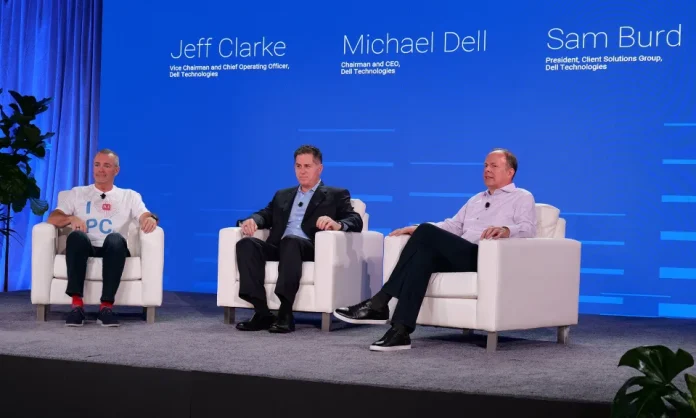Dell will announce a major redesign of all of its consumer and professional PCs at CES 2025 this year. However, while this change is largely positive, I believe that dropping the legendary XPS name was an unforced misstep.
To summarize, Dell’s new unified branding will separate its laptops, desktops, and other products into three major categories. Standard Dell PCs are geared at mainstream consumers and are intended for education, work, and casual gaming. (Alienware gaming PCs are also getting new names, although they will remain distinct from Dell’s core computing products.) Then there are Dell Pro devices, which are primarily designed for enterprises and intended to facilitate professional-grade productivity. Finally, there is the Dell Pro Max range, which, as the name implies, includes systems designed for maximum performance (i.e., workstations).
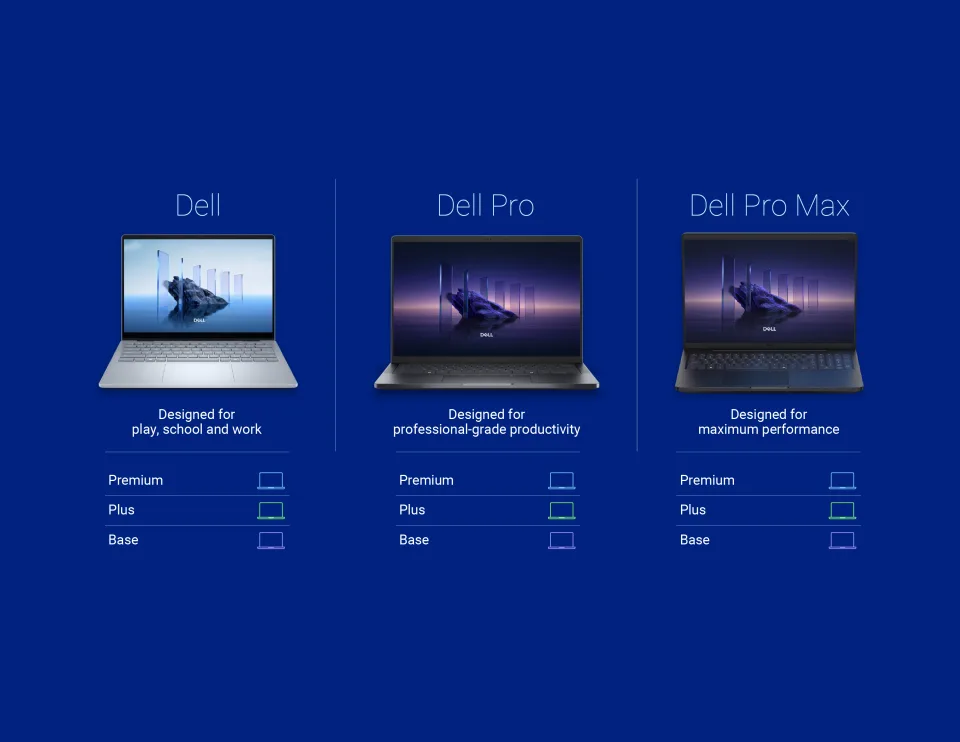
But it doesn’t end there; within each family, there will be three levels of items. Base versions in the Dell, Dell Pro, and Dell Pro Max brands will be entry-level PCs with no special branding. Meanwhile, devices with the Plus logo (such as the Dell Pro 14 Plus laptop) will function as mid-range solutions. Then there are Premium-labeled computers, which represent Dell’s most powerful and opulent PCs within a specific family.
While this new scheme may appear strange at first, the rationale behind it makes sense (basically). Dell believes that when customers buy electronics, they first notice the name of the brand (in this case, Dell), hence that should be prominently displayed on all products. So far, so good. Another advantage of this adjustment is that Dell is eliminating a slew of sub-brands such as Latitude, Inspiron, Optiplex, and others, which were frequently ambiguous and meaningless to most customers. So, in essence, the rebrand offers a more streamlined naming scheme that should be easier to understand. A similar thought process was behind HP’s uniting and rebranding that took place last year, too.
Regular consumers should purchase standard “Dell” models, companies should get Dell Pro systems, and anyone in need of even more performance should consider Dell Pro Max devices. Unfortunately, the XPS moniker is being phased out, and computers will be simply called Dell [product name] Premium. (Remember that non-Pro Dells are for regular people, while “premium” refers to a model that is at the top of the line.)
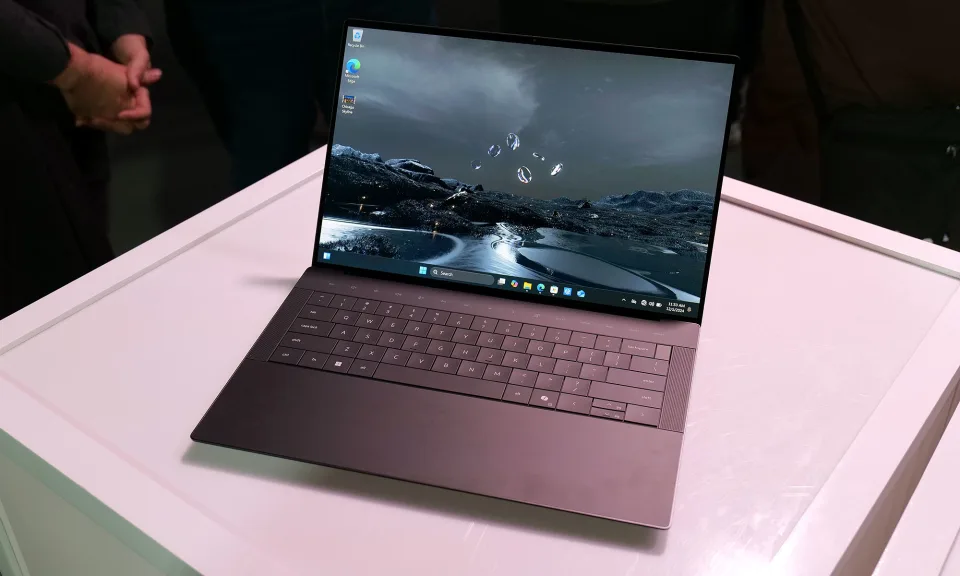
This is my big issue because I truly do not understand why Dell would want to get rid of the one sub-brand that people already know and have loved for more than a decade. For years, some version of the XPS has sat at the top of practically every Best Windows laptop list. The XPS name is an icon and unlike a lot of Dell’s other monikers like Inspiron or Latitude, it actually meant something. (Fun trivia tidbit: XPS officially stands for extreme performance system.)
In a lot of ways, XPS was already the way Dell let people know that one of its consumer devices was a premium system, so to replace it with a generic word feels like a step in the wrong direction. I would even argue that in a lot of situations, the XPS name even transcended Dell’s own. Previously when people asked me to recommend an ultraportable Windows laptop, I would simply say “Get an XPS.” No further instruction was necessary. So instead of replacing XPS with Dell Premium, wouldn’t it make more sense to just stick with Dell XPS?
After speaking with several Dell employees about the name change, the counter-argument I’ve heard is that as someone who covers technology and geeks out about gadgets, I’m more familiar with certain items than the ordinary joe. Dell appears to believe that consumers who only read reviews every four or five years before purchasing a new laptop are unfamiliar with the XPS brand – which could be accurate. But my response is that the XPS series was always intended for aficionados — the kind of discerning people who care about design and are prepared to pay more for nicer materials, better performance, and the ability to shave a few millimeters or ounces off a gadget wherever possible. And for that audience, the XPS name clearly stated that you were receiving something way better than just OK.
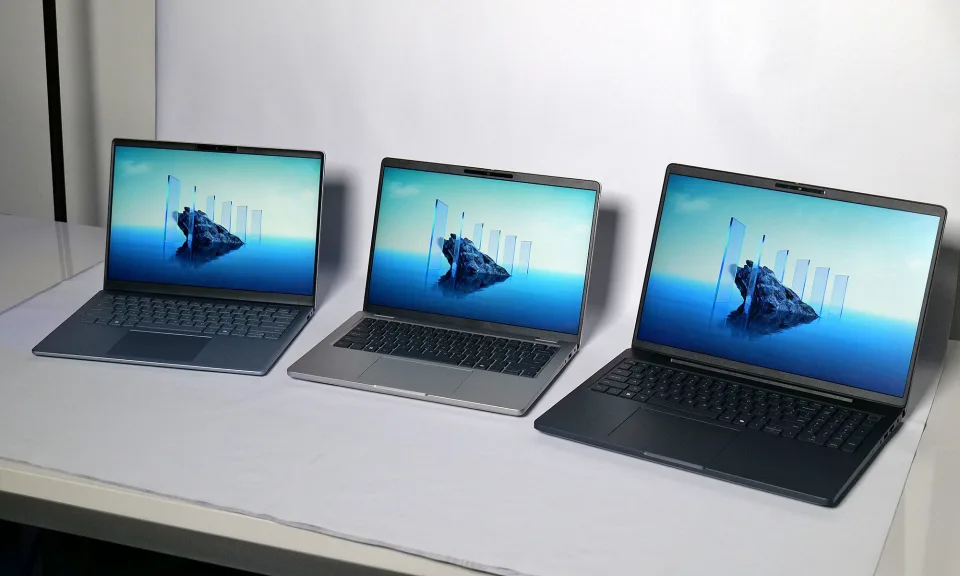
Another potential issue is that, despite Dell’s new unified branding, it still feels incomplete. Take, for example, Dell’s latest 14-inch consumer laptop, the 14 Plus. We know the Plus denotes a mid-range system, and Dell is certainly the maker. So it indicates the laptop’s name is “14?” Or is it “14 plus?” That just doesn’t sound right. Even Apple, from which Dell appears to have borrowed a portion of their naming scheme, has the decency to name each product appropriately. You have MacBook Airs, MacBook Pros, Mac Minis, iMacs, and so on. And then there’s the issue of undertaking a complete rebranding and ending up with a scheme that sounds a lot like what Dell’s competitors have already done, especially with the Pro and Pro Max lines drawing clear parallels to Apple’s line of premium (there’s that word again) iPhones.
I’m not the only person that feels this way. We learned about Dell’s rebranding during a preview held shortly before CES. During the Q&A, at least half of the queries focused on why Dell was making this adjustment. In fact, my colleague Devindra has some further ideas on this.
Our thoughts:
I completely understand your irritation, but I would say that you are still being too fair to Dell here! The company’s argument that this name change is all about simplicity comes apart when you look at the sub-tiers for each brand. “Dell Pro Max” appears straightforward, however when comparing “Pro Max Plus” and “Pro Max Premium” systems, all logic is lost. We’ve shifted our focus away from ordinary consumers and toward high-priced consultants, who most likely advised the name change. Doesn’t Max already mean “best”?
The scenario becomes much more amusing when we look at the company’s desktops: later this year, we may expect to see the “Dell Pro Max Slim” and “Dell Pro Max Micro” models. Max micro! What are we doing here?! (And yes, those machines will have their own plus and premium sub-brands.)
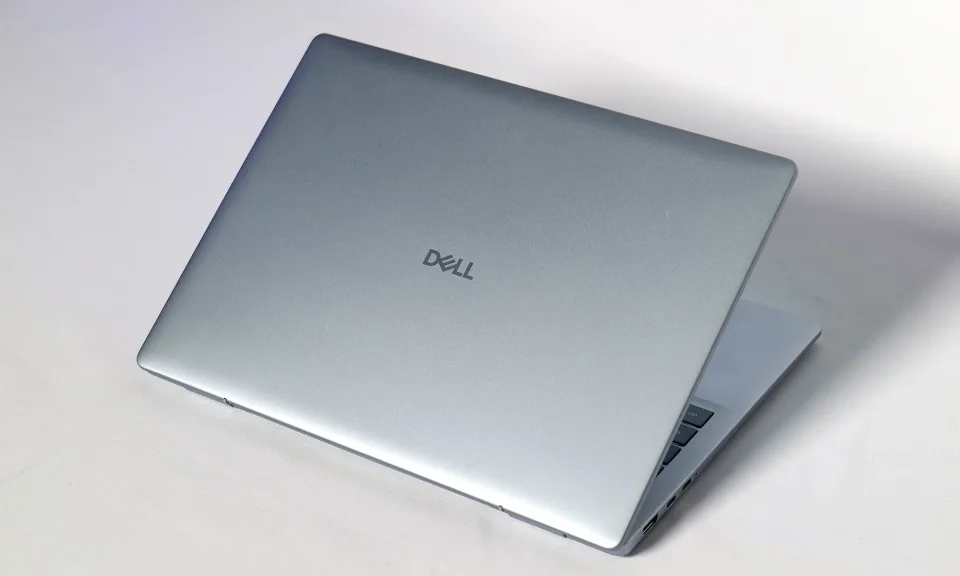
True, most consumers will not be devastated by the loss of “Latitude” and “Inspiron,” and they would undoubtedly benefit from simpler model names. I simply wish Dell had prioritized preserving clarity over being bogged down by engineer-brained sub-designations. If you’re going to mimic Apple’s naming strategy (which, let’s face it, is occurring, despite CEO Michael Dell and other executives telling us otherwise), try to keep it short and friendly.
However, the loss of the XPS brand hurts Dell the most. Every PC maker has attempted and failed to create a premium brand that can compete with Apple. Sony’s VAIO PCs were popular in the 1990s and 2000s until being discontinued. IBM ThinkPads were significantly less desirable once Lenovo purchased them. Although HP’s Spectre machines are excellent, they are not well-known. Meanwhile, the term XPS has some meaning. As you mentioned, it was a brand that shined brighter than Dell itself.
XPS notebooks pioneered the ultra-thin bezel trend, which even Apple hasn’t entirely adopted. The XPS 13 has been one of our top-rated laptops for almost a decade (with the exception of some recent issues with its invisible touchpad and disappearing function row). Instead of relying on a brand created over time via blood, sweat, and cutting-edge hardware, the company is choosing the most generic approach conceivable. Dell Premium will never reach the same level as XPS.


